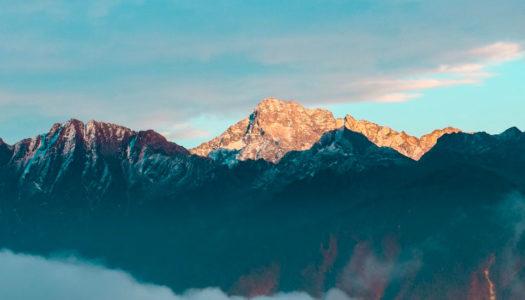Dong Valley is one of the best places to visit in Arunachal Pradesh if you want to disconnect from the outer world and stay close to nature. The place has towering pine trees, dense forests and snow-capped mountains that will greet you at every corner. Dong is the easternmost village of Arunachal Pradesh and is present close to the point where India, China and Myanmar meet. It is about 7 km from Walong Valley and one of the few villages that are accessible by car.
Here’s everything you need to know about the picturesque valley, trekking adventures, places to visit and more!
Land of Rising Sun
Dong Valley is also known as India’s ‘Land of Rising Sun’. The valley is present close to the easternmost end of the country and receives the first sunlight every day. It is at an elevation of 1240 metres and people trek to the highest peak point to witness the sunrise, usually as early as 3 AM. This is also the best place to set up your camp seeing how finding accommodation might seem like a daunting task.
It is a surreal experience to trek through the dark while the only sound you get to hear is that of nature. The temperature starts to dip as you go up and the wind is stronger too. That is why, it is of paramount importance to wear warm clothes and cover your hands with gloves.
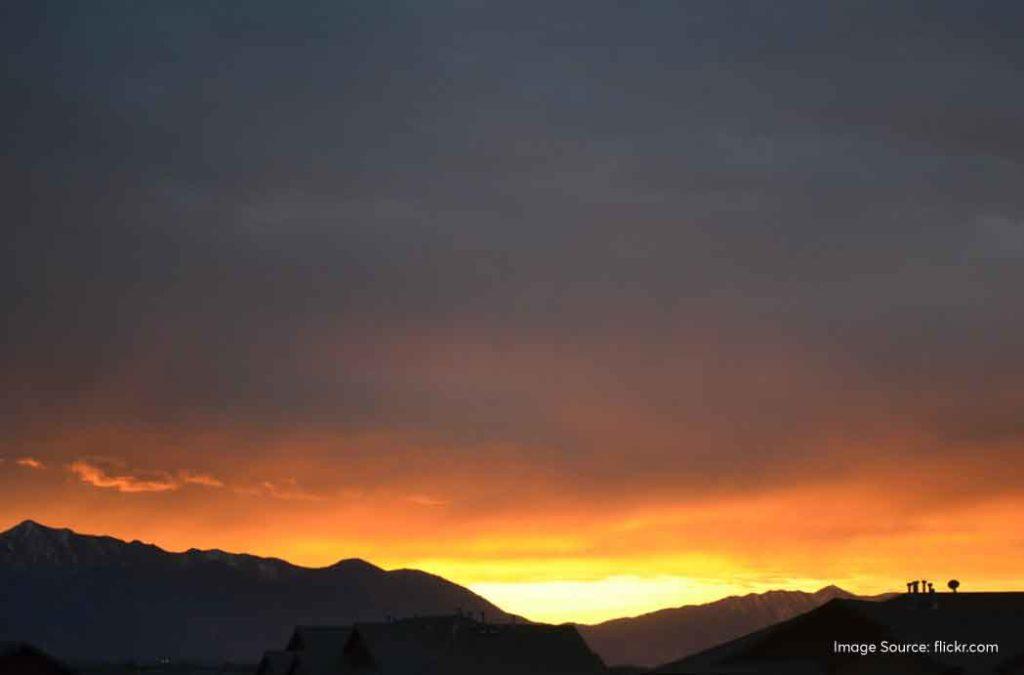
The sunrise is so captivating that you won’t feel like trekking down. The rolling hills are surrounded by lush greenery. The first rays of light cast their yellow and orange hues on these dense plants and colour the environment beautifully. The transition of the deep blue colour of the sky to the strips of orange and pink is worth capturing with your cameras. When the sun goes up in the sky, the mountains reflect the golden rays. The chilly winds are accompanied by the warmth of the morning. The mountaintop is the ideal spot to experience the best of both worlds!
In the year 2000, thousands of people flocked to Dong Valley to witness the first sunrise of the new millennial era. And rightly so!
Dong Trek Itinerary
Travellers will need at least 5 days for the Dong Valley trek and to explore the surrounding tourist attractions. Here’s an itinerary that will help you plan your trek better and cover as many tourist hotspots as possible on your way.
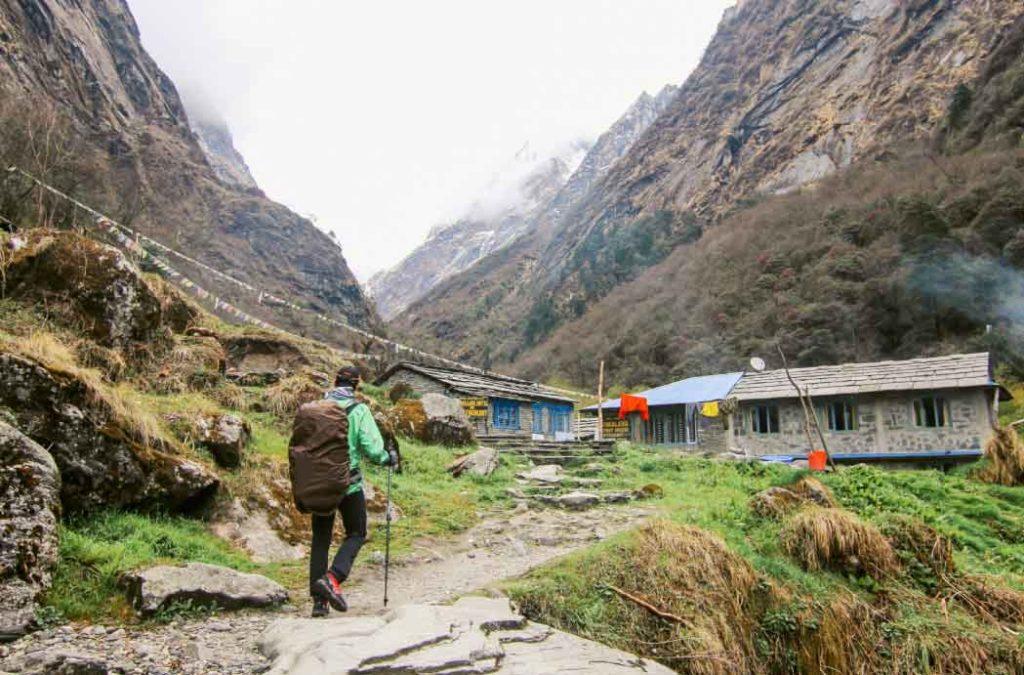
Day 1 – Reach Parashuram Kund
The people who want to embark on the Dong Valley trek must reach Dibrugarh first. This is the nearest village to the airport and railway services. After reaching here, you will have to take a 5-hour journey to reach Parashuram Kund. This is a holy water body that holds great significance in Hindu Mythology.
Lord Parashuram is believed to be an avatar of Lord Vishnu. It was in this Kund that he dipped his body to absolve himself of the sin of matricide after killing his mother on orders of his father. People come here in great numbers during Makar Sankranti as it is believed that taking a dip in Parashuram Kund during the festive time can help one rid themselves of karmic sins.
You will find overnight stays near Parashuram Kund or you can set up your own camp by the Lohit River.
Day 2 – Parashuram Kund to Walong
Wake up early in the morning and travel towards Walong. This is a 180-kilometre journey through muddy roads that will take about 6 hours. On this route, you will be driving along the Lohit River and this is a beautiful experience that will leave you spellbound. Once you reach Walong, check in to your homestay and explore the tourist places in the region. However, call it an early night because you’ll have to wake up soon to start the Dong Valley trek.
Day 3 – Dong Valley Trek
From Walong, you will be starting your Dong Valley trek at around 1 AM. You will have to reach the peak at 3 AM, seeing how sunrise can be unpredictable despite the sunrise and sunset times that you read online. The locals and tour guides will also suggest the same. The trek is about 8 kilometres long and can be of moderate to challenging difficulty level. It takes about 90 minutes to reach the top.
You can experience the thrill of witnessing the sunrise before anyone else, spend some quality time in Dong Valley, explore the tourist places, interact with local tribes and head back to Walong by evening.
Day 4 – Visit Namsai
If you have one more day to spare, we suggest that you travel from Walong to Namsai. In the village of Namsai, you can explore the Golden Peace Pagoda, home to the world’s largest Bamboo Buddha statue. You can meditate in this ethereal place and feel that tranquillity fill you with peace from within. It takes about 7 hours to cover the distance of 255 kms from Walong to Namsai.
Day 5 – Back to Dibrugarh
Wake up at 4 AM to see the Theravada Buddhists leave their monastery and go from house to house asking for food and pulses. This is a ritual where the monks take whatever the people give them and cook their meals with it. Start your journey back to Dibrugarh which will take about 3 hours to cover 125 kms.
Permits for Visit
Dong Valley along with Walong and Kibithu villages are restricted areas because these villages house the last few residents of the indigenous tribes. Anyone who happens to come from outside Arunachal Pradesh must apply for an ILP or Inner Line Permit, issued by the Government of Arunachal Pradesh.
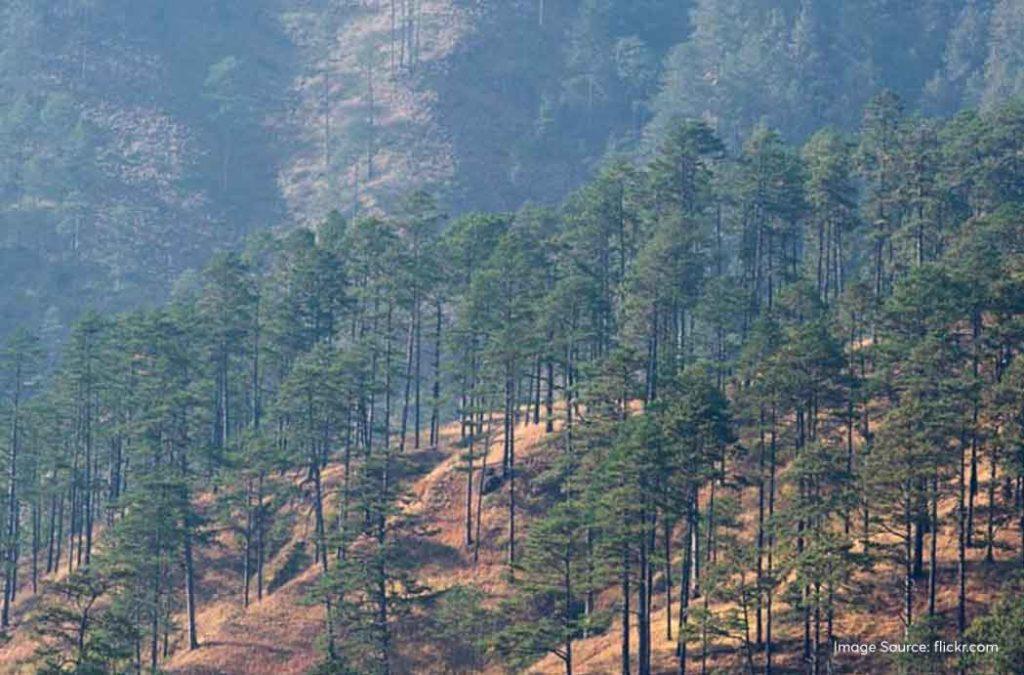
You can apply for it online. If you are employing the services of a tour or trekking guide, make sure to see that the permit is included as part of their package.
Places to Visit Near Dong Valley
These are some of the must-visit tourist hotspots you must explore on your visit to Dong Valley.
Lohit River
Lohit River is a beautiful water body that originates in the Tibetan region and enters India through Arunachal Pradesh after passing through thick pine forests and rocky terrains. It finally joins the Brahmaputra River in Assam. Dong Valley provides you with full access to the Lohit River that flows through the village. After monsoons, the river is very tumultuous and is definitely a sight to behold.
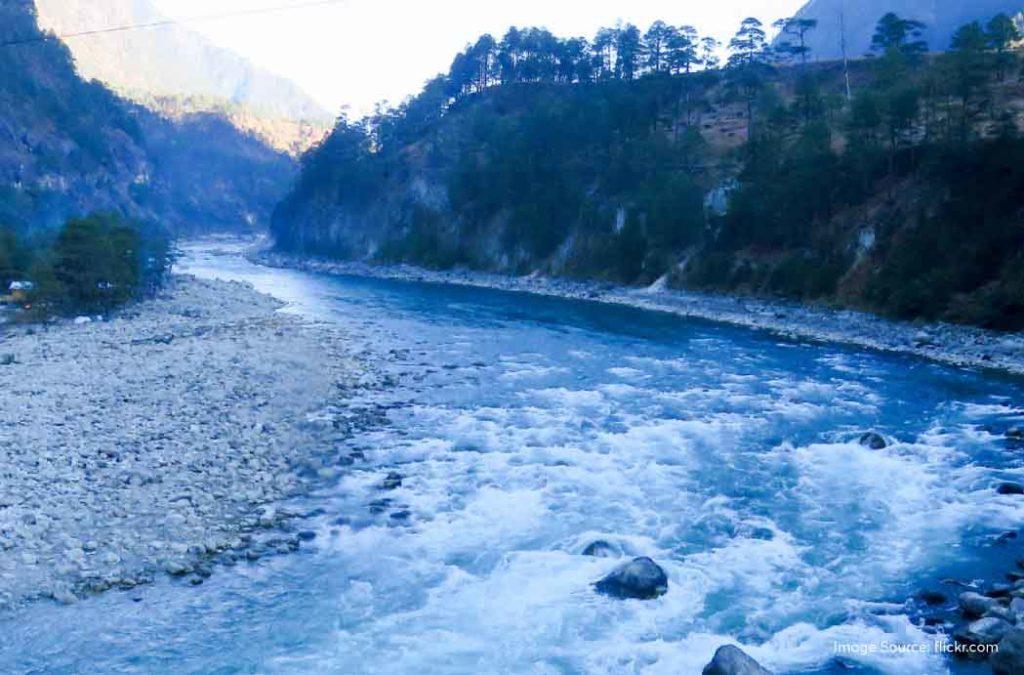
In other seasons, you will see that it is much calmer. The word ‘Lohit’ means ‘Blood’. The river gets its name because it flows through the red laterite soil of the Lohit basin. We suggest that you take a walk on the riverside, dip your feet and feel its magnificence but refrain from swimming or going too deep into the turbulent waters.
Dong Hanging Bridge
It is not uncommon to see hanging bridges in Arunachal Pradesh. You will find a few of them that are made from locally sourced wood and cables. The Dong hanging bridge is special because it is an iron floor suspension bridge that wobbles a little when you walk on it. But rest assured, it can handle your weight and won’t fail you.
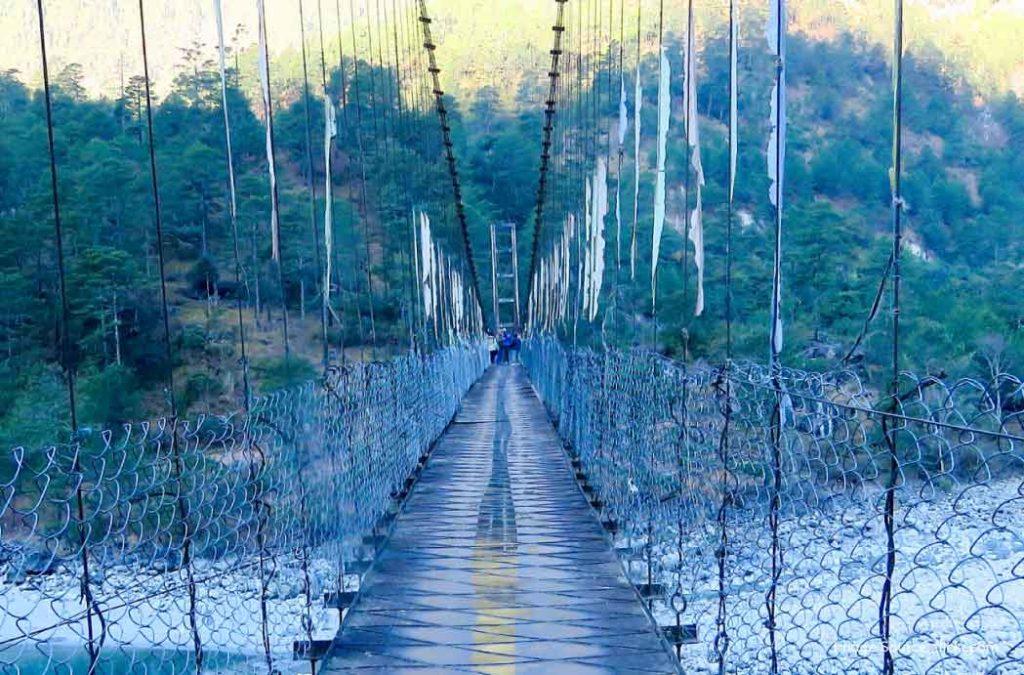
This subtle shake adds a sense of excitement and the adrenaline junkies will enjoy walking from one end of the bridge to the other. The main reason behind building this bridge is to establish a safe route to cross the Lohit River and reach the Dong Valley.
Tilam
The Tilam hot water springs are surrounded by the mesmerising landscapes of Arunachal Pradesh. The place feels like a world of its own and time seems to stand still when you are here. The hot springs are a part of the West Siang district. They are present near the point from where you will be beginning your Dong Valley trek. So, once you are done with witnessing the sunrise, trek down and reach Tilam to dip your feet here. It is said that the water in Tilam is rich in minerals and can heal physical ailments like joint pains, arthritis and skin infections.
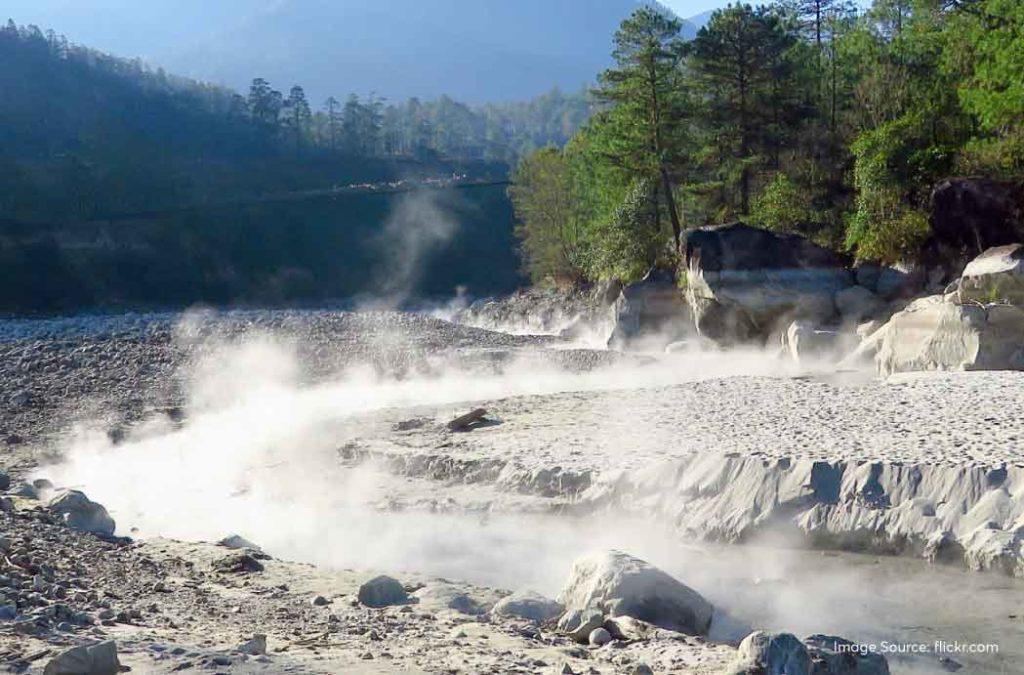
Other hot water springs in India have similar therapeutic properties. You should pay a visit to them as well to experience the splendour of these nature’s marvels.
Walong War Memorial
The Walong War Memorial pays tribute to all the Indian soldiers who fought for the country and sacrificed their lives to protect their land from invasion. The Battle of Walong is a significant historic event that took place near Dong Valley.
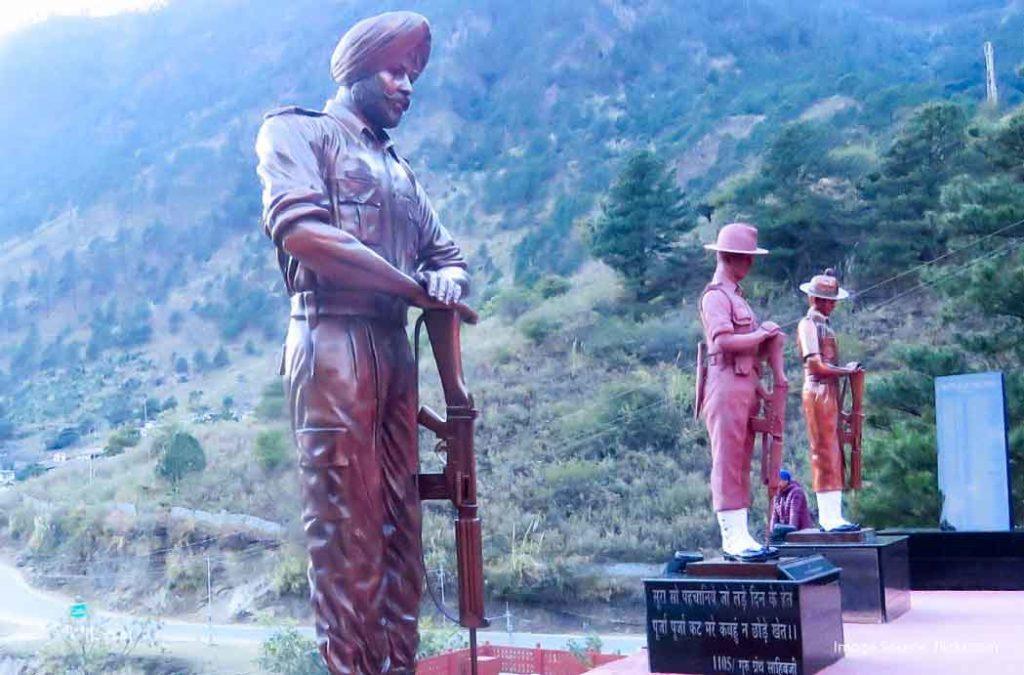
The brave soldiers stood their ground and fought against the Chinese forces during the Sino-Indian War of 1962 and protected Walong, Dong and other regions of the Anjaw district from foreign infiltration. The war memorial also offers panoramic views of the Lohit River and the surrounding pine forests and snow-covered mountains.
The Indigenous Tribes of Dong Valley
Now that we know about the places to visit in Dong Valley, let us understand a little about the indigenous tribes. You will be surprised to know that the Dong village is occupied ‘only’ by the tribals and the population is alarmingly small. According to the 2011 census, there were only 15 people who belonged to four households. Out of these 15 people, 6 were men and 9 were women. The number has increased now but the population is still much less than other villages in northeast India.
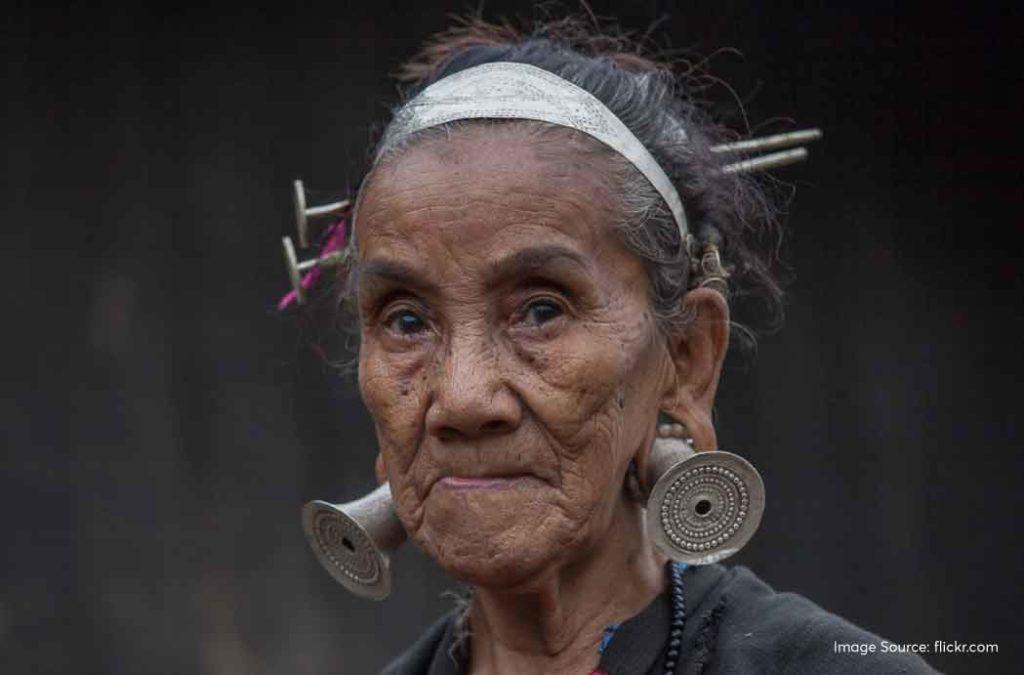
The valley is home to the Meyor and the Mishmi tribes. The Mishmi tribes are divided into three sub-tribes – Idu Mishmi, Digaru Mishmi and Miju Mishmi. The latter two live along with the Meyor tribe in the Dong Valley. The people grow rice and maize and also raise pigs and chickens. The living conditions are difficult with limited transportation services, bad roads and no proper plumbing system. That is why, there are no overnight stays for tourists in Dong Valley.
Best Time to Visit Dong Valley
You can visit Dong Valley any time during the year as long as you have the necessary permits. The best time to visit will differ based on preferences.
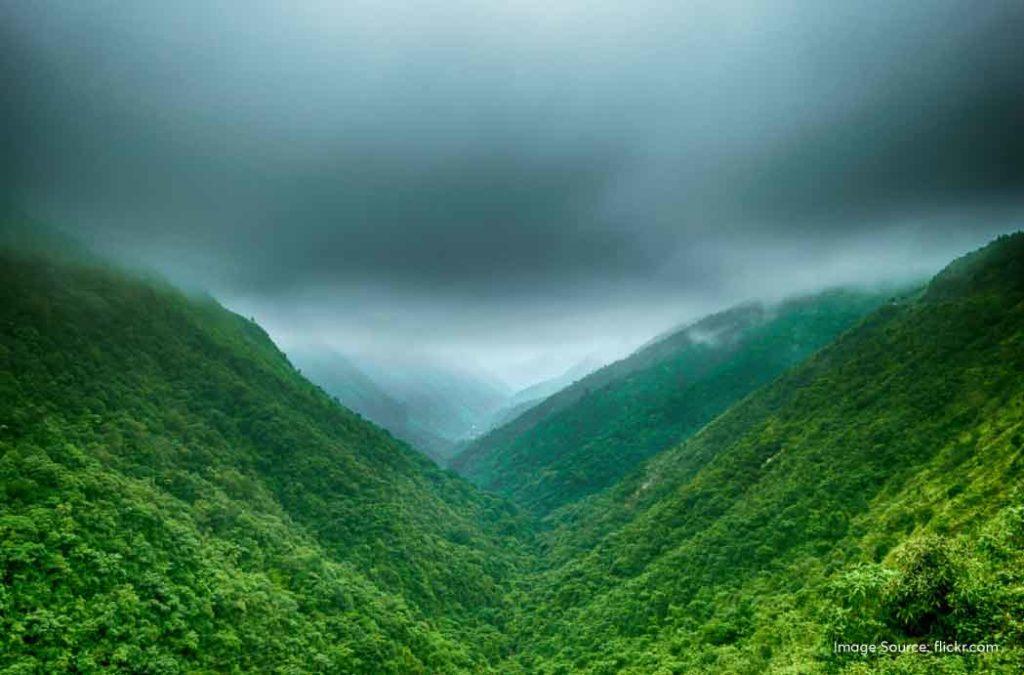
The summer season from March to May is pleasant with weather suitable for outdoor activities like cycling, trekking and hiking. It is also the perfect time for birdwatching. In autumn, the foliage starts to change colour and the valley looks vibrant and lively. That is why tourists visit the place from September to November. During monsoon, the rainfall is moderate to very heavy and it becomes difficult to traverse the muddy roads. The Lohit River might overflow too. But on the bright side, the greenery is more pronounced and the place looks like a paradise. Rain lovers will enjoy their trip to Dong Valley during the wet months.
How to Reach Dong Valley?
By Air
The Dibrugarh Airport in Assam is the closest one to Dong Valley. You can find cabs, taxis and buses to reach Dong which will take about 6-7 hours.
By Rail
If you come from other Indian states and prefer travelling by train, we suggest you reach Guwahati first and rest here for a while by checking into hotels in Guwahati. After resting, take another train to the New Tinsukia Junction. Then you can travel from Tinsukia to Namsia and from there to Dong Valley.
By Road
A road trip to Dong is not a very good idea seeing how the roads are bad and extremely rocky. An experienced local driver can travel on these roads better than a seasonal tourist. You can travel by any private or government bus to Tezu and then take a bus or taxi to Dong. The journey will take about 9 hours and involves a lot of bumps and hiccups. You can also take a direct cab from Dibrugarh to Dong.
If you want to be alone and spend quality time with your company, the Dong Valley trip will prove to be the best ever! You can be the first one to say ‘Good Morning’ to the bright ball of light in the sky, explore the picturesque locations, eat food grown and cooked in the valley and enjoy being in the heart of nature!
Have you been to Dong Valley before? Tell us all about it in the comments section.








